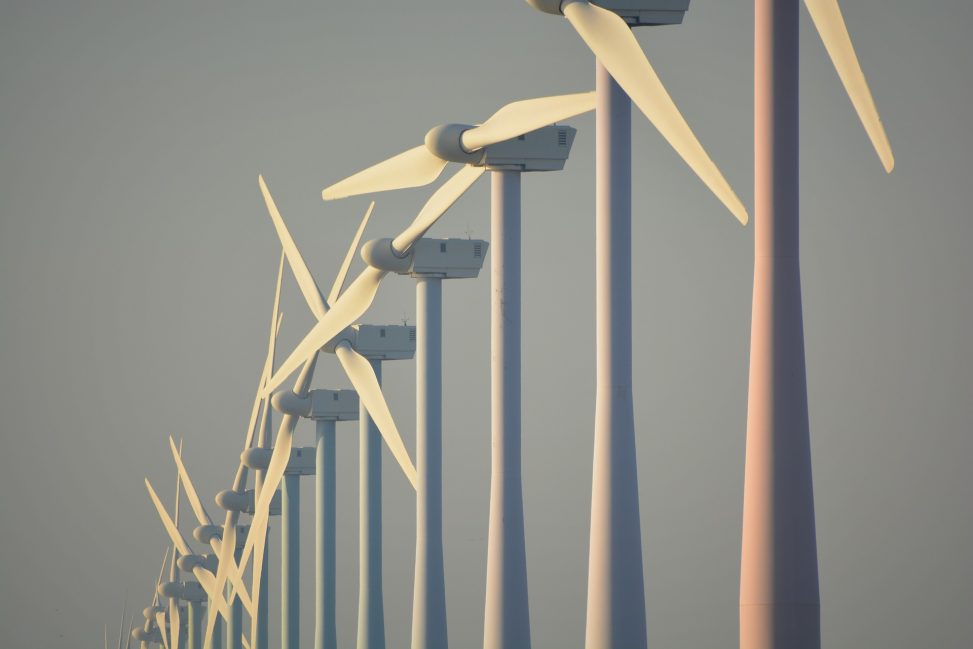The renewable energy sector has come along in leaps and bounds in recent years. As the world moves towards a more sustainable way of life and becoming more green in the ways that we live our lives, with websites such as The Solutions Project providing more information on it, we see the world changing in a more positive light.
Some industries are beginning to stumble in their developments, with their resources being finite, they are very quickly running low on their fuel. While these traditional industries are starting to flounder, renewable energy is bigger than ever before.
Solar, wind, wave, biomass and biofuels all fall under the term of renewable energy.
HTL Group, specialists in controlled bolting for the wind energy sector, conducted an analysis of what has been happening in recent years in the renewables sector.
Renewable Market Performance
There are some impressive figures turned out from the report, some of them which are hard to believe, but the evidence is all there.
55% of 2016’s electricity generation was contributed by renewable energy and 17% of the total global power capacity was as well. This is a massive increase of 15% from 2015.
The increase of renewable capacity was also significant, an 8% increase to 138 gigawatts (GW) on the previous year.
This 138 GW occupied a 55% share of the power generation capacity. In comparison, coal created 54 GW, gas created 37 GW and nuclear created 10 GW.
The increased use of renewable energy is estimated by UNEP to have prevented around 1.7 billion tonnes of CO2 in 2016. The figure would have been 4% higher without the availability of renewable energy sources.
Investing in the Renewables Market
Despite the obvious benefits and improved performance of renewables, there were fewer new investments in the industry in 2016.
From 2015, there was a 23% decrease to $242 billion. This could be because of the decrease in technology cost in each sector.
Country-specific market change may also have influenced this decrease. Europe was the only region to see an increase in investment in renewable energy, 3% higher than in 2015, making the figures reach $60 billion. This performance is put down to Europe’s offshore wind projects, where $26 billion of this total went.
The countries showing the strongest dedication were Norway, Sweden, Denmark and Belgium. The UK did not do so well, with a 1% decrease in 2016 from 2015. Germany was the worst, with a 14% decrease.
There was also a constant decrease in Chine, whose investment dropped by nearly a third from $75 billion to $37 billion, developing countries followed suit, dropping $50 billion from 2015 to 2016.
In fact, investment between developing and developed countries was pretty much the same ($125 billion vs $117 billion).
The Future of Renewable Energy
Renewable energy’s future appears bright. As technology costs less and society strives for a greener future. The 2040 ban on the sale of new petrol and diesel-powered cars will also help the sector grow. Well! The good news is people have already begun to invest in renewable energy sources such as solar energy by installing solar panels on their roofs to power their Air Conditioning systems, refrigerators, and washing machines, among other things. While fossil fuels will continue to dominate the market, the continued rise of renewable energy sources as attitudes shift is a positive factor that should be expected to continue.
As finite resources dwindle, it only makes sense that renewable energy will overtake some of the giants that are currently in the markets today, signifying a revolution in how we generate and consume energy.
Sources
https://www.carbonbrief.org/renewables-growth-breaks-records-again-despite-fall-investment


